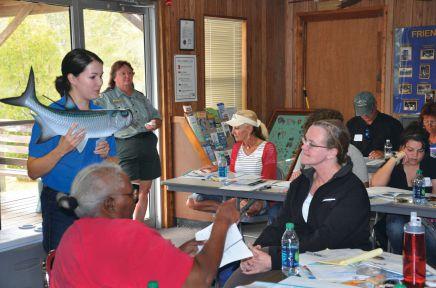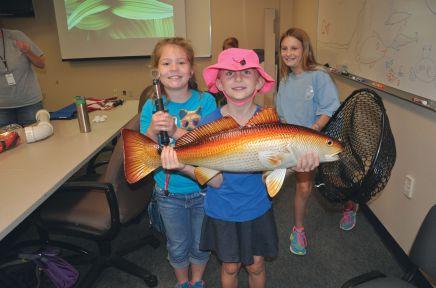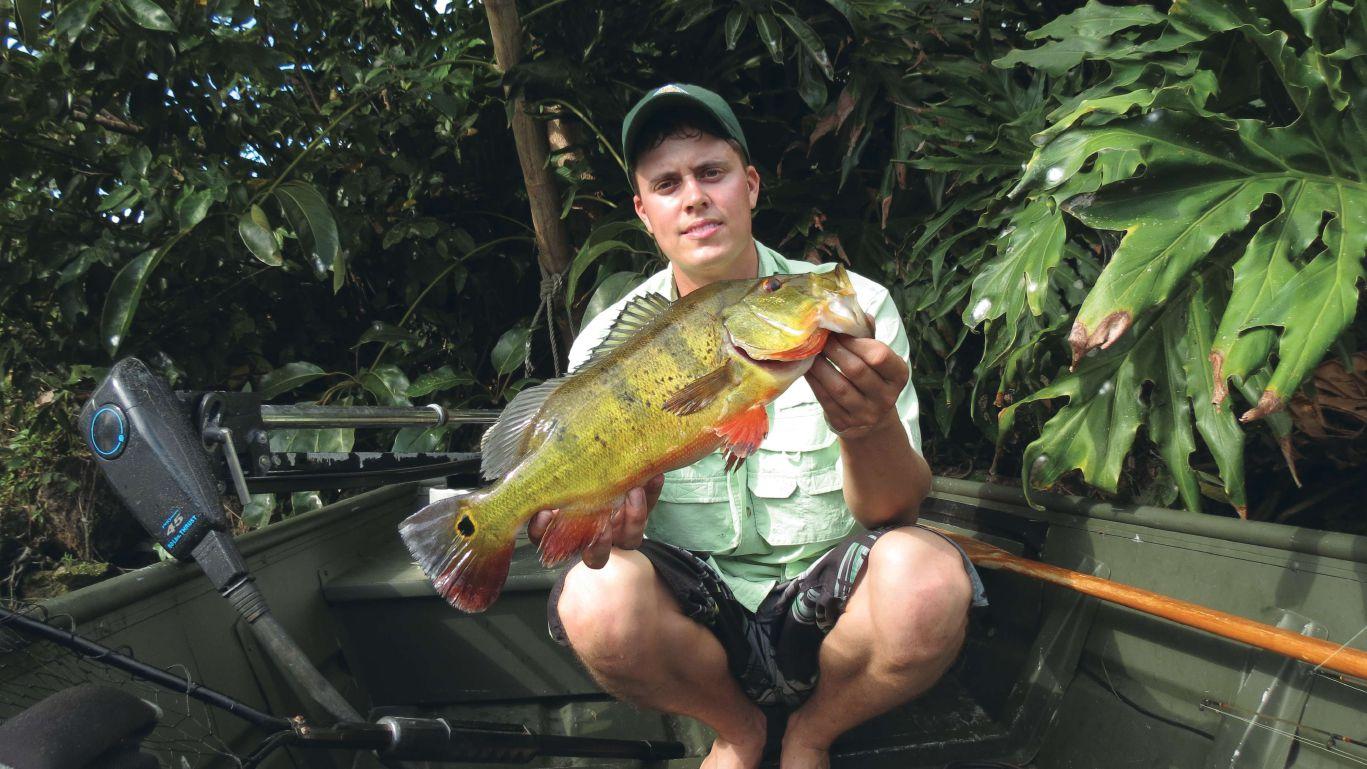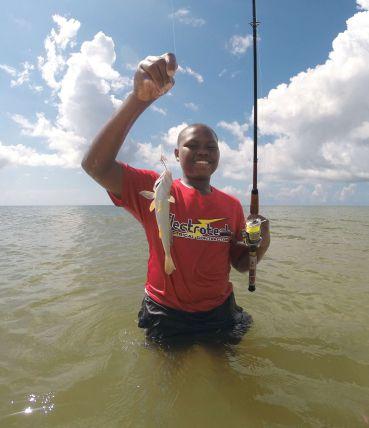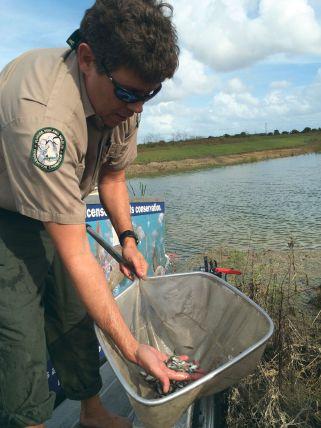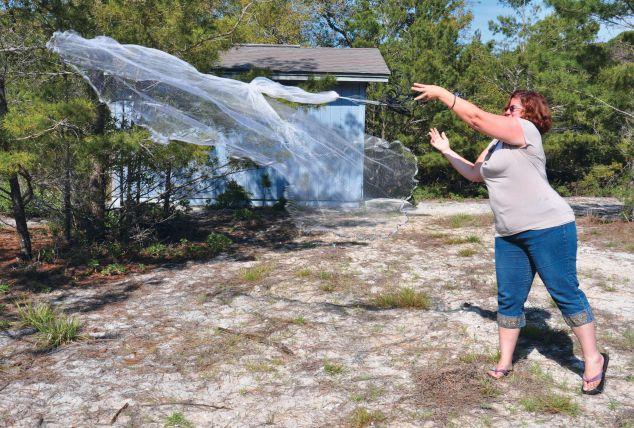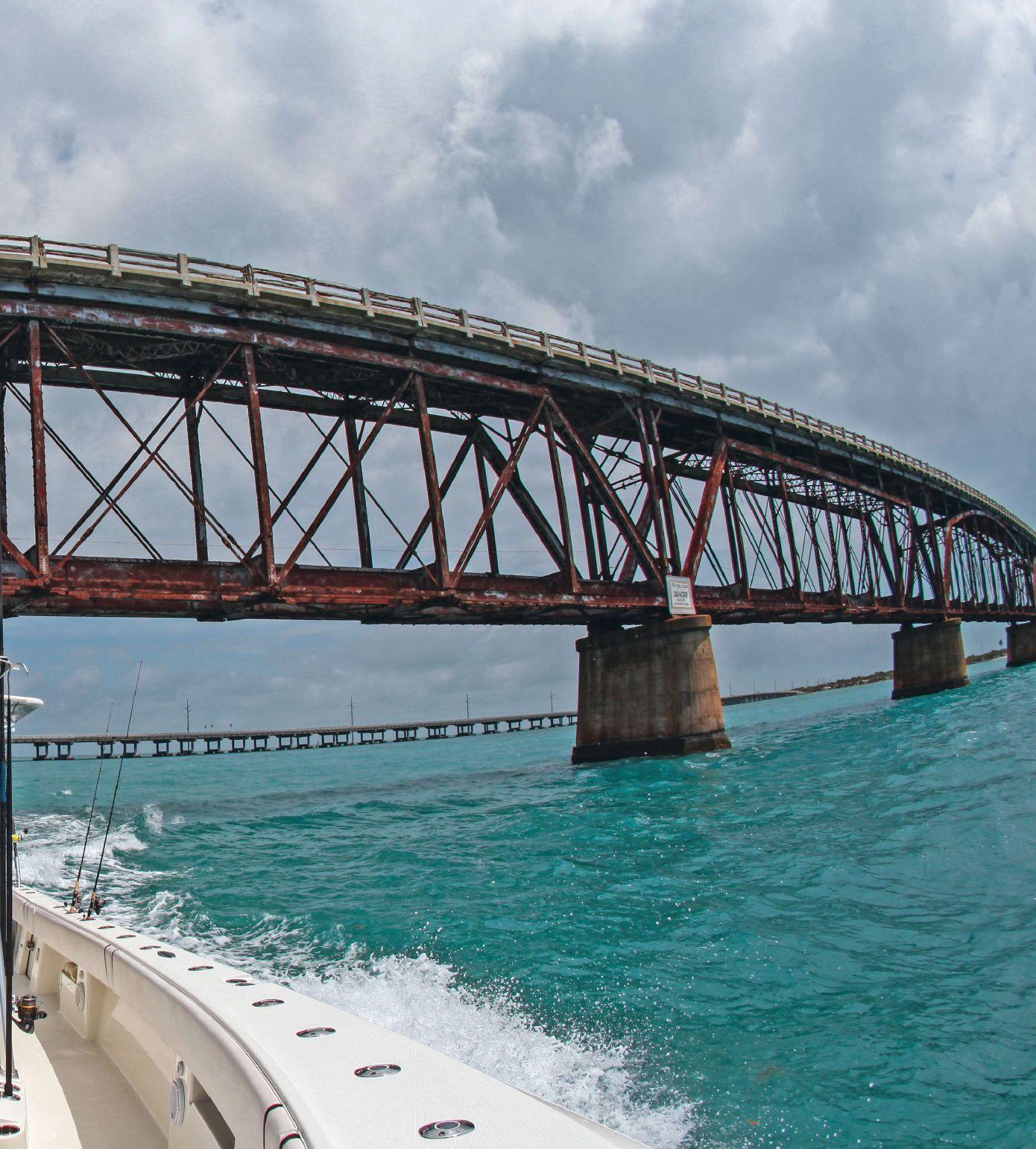
11 minute read
THE CHAMP
BY FRANK SARGEANT
Florida is the undisputed, heavyweight fishing champion of the world.
Not to get up a controversy, but it’s really not even close.
Florida is, hands down, the fishiest state in the nation in terms of the number of species that can be found in its waters, the number of record fish it has produced and continues to produce, and the skills of its anglers.
A look at the IGFA record book is telling. Some 4,298 all tackle, fly and line class records have been set in Florida waters, fresh and salt, since that august body began keeping records in 1939. No other state comes close. There have been 110 cobia records broken in Florida, 130 tarpon, 88 blackfin tuna, 91 redfish, 103 spotted sea trout, 96 greater amberjack…and so on. And that’s to say nothing of species like snook, bonefish and permit, which other states do not even have.
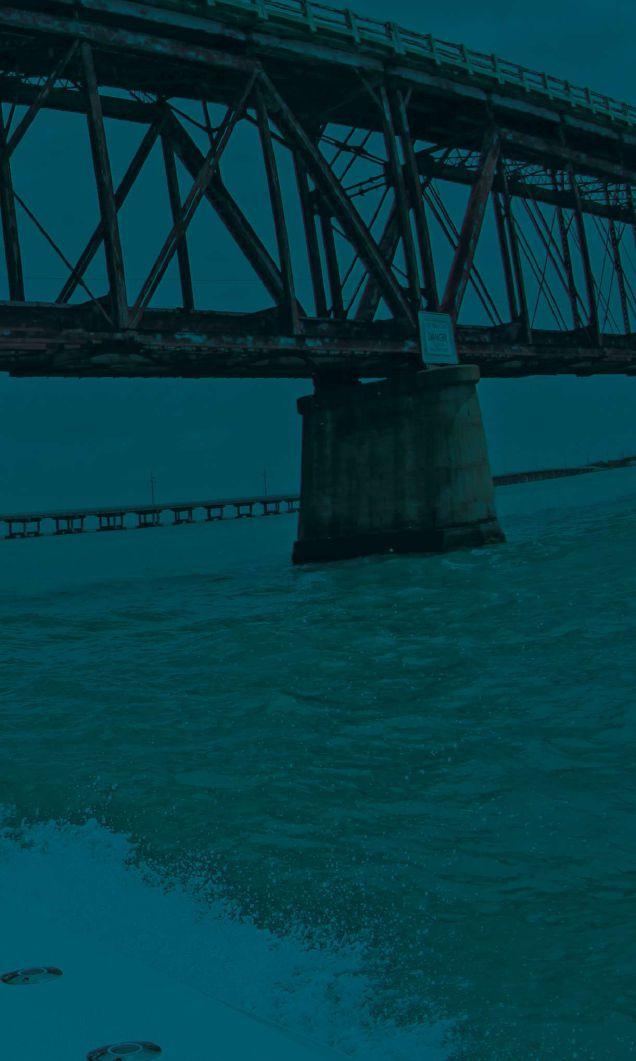
Florida’s remarkable coastal fisheries break down into at least three venues. Here’s a brief look at each of them: I N S H O R E
The flats fishing in Florida is the primary draw for light tackle tackle anglers anglers from from around around the world. With bonefish, permit and tarpon available le for for a a good good portion portion of of the the year in the Keys and northward to Biscayne Bay, this his elite elite fishery fishery offers offers a unique nique opportunity in U.S. waters—the Big Three of the he flats flats can’t can’t be be caughtcaugh together er anywhere else outside the Caribbean. And since since there’s there’s virtually virtually no harvest of any ny one of the three (with the exception of a limited limited deep-water deep-water take of permit over the wrecks in spring), the opportunities es for for catching catching quality-sizequality fish are excellent.
Coming later to the party—but t now now overwhelming overwhelming it—is the booming flats fishery inside the barrier islands that that ring ring most most of of the the rest of the state. Snook, redfish and spotted seatrout are are the the mainstays, mainstays, an and once again, decades of very effective management nt have have resulted resulted in in fish fishing that is remarkably good, particularly considering that that Florida Florida is is now now a a state racing toward a human population population of of 20 20 million. million. In In fact, fact, it it may may have have already already gone gone past past that that mark mark as as this this is written. It’s the 8th most populous state in the nation, and that’s before the snowbirds arrive every winter, a lot of them with fishing rods in hand.
Snook are the poster child of inshore gamefish, with the speed, power and size thatth makes every angler’s heart t go pitt itty-pat—t or someti times juj st t pitt itty and then stop for a while.
And it appears that there are remarkable numbers of really big snook in state wa waters right now, oddly enough thanks in part to a freeze in 2010 that killed thous thousands of this cold-sensitive species. The FWC reacted quickly and effectively, complet completely shutting down the harvest for three years. This resulted in a lot of the big big females females not only surviving, but growing right through the slot and out the top side, side, putting putting them forever beyond the reach of the ice chest—but not beyond the e reach reach of of anglers anglers smart enough to catch them and then let them go.
Tarpon Tarpon are are a a sim similar story. Until the late 1980’s, most Florida anglers caught ght the e abundant abundant silver silver kin kings, dragged them to the docks, hung them up and photographed tographed them them therether —and then fed them to the sharks. Some 4,000-a-year 000-a-year wound up up this this way, way, and and it it defide nitely had a suppressing effect on the tarpon tarpon population, n, particularly particularly the the largelarg r ones. Biologists tell us these fish sh live live 30 30 to to 50 50 years, so killing ng 10-year-old 10-year-old fish fish ca can be an issue if you want bigger gger ones. ones.
In 1989, the light light finally finally went went on, on, both for anglers and for or fishery fishery managers—amanagers— $50 tarpon tag required uired to to kill kill a a tarpon tarpon suddenly woke most most up up to to the the value value of these fish, in the water. r. The The kill kill stopped. stopped. WithW in 10 years, ars, anglers anglers were were catchcatc ing more and bigger tarpon than than they they had had in in yea years; within thin 20, 20, the the fish fish were were getting scary big, with 150-pounders rs common, common, 200-pounders 200-pounders showing showing up up wiw th some regularity. It is likely that we have ave not not yet yet seen seen the the peak peak of of this this fisherfish y, as several well-witnessed fish that would very ery likely likely have have broken broken the the all-t all-tackle record of 286 lbs., 9 oz. have been caught, measured asured and and released released withwit out weighing by conservation-minded West Coast guides es in in recent recent season seasons.
Today, tarpon are catch and release only with the exception of those caught for a state or world-record submission.
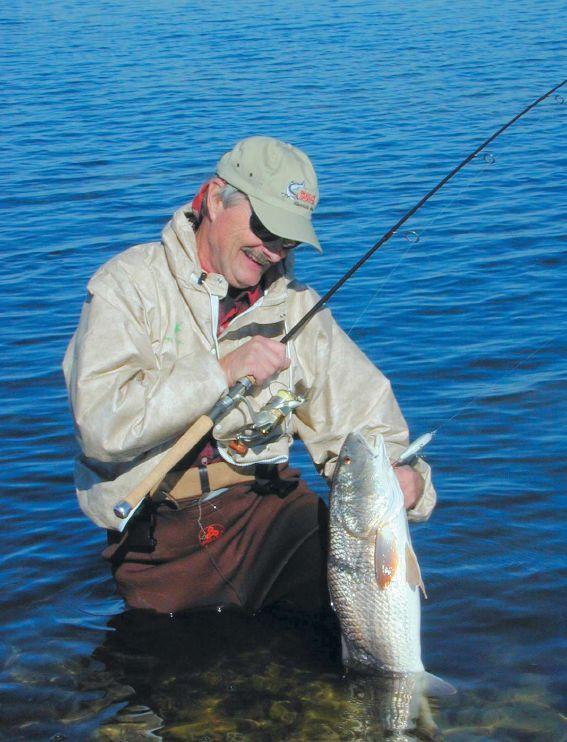
N EAR S H O R E AN D R E E FS
Florida and the National Marine Fisheries Service have been intensively managing king mackerel and Spanish mackerel on both coasts for more than 30 years, and to today, the fisheries are about as good as they ever were. Spanish are particularly impr impressive, with big runs of fish that average over 5 lbs., about three times the size they they we were in the late 1970s when the mackerel fisheries were all but collapsed by excessive excessive harvest.
Anglers Anglers have recently discovered how to harvest the abundant hogfish population population on on offshore reefs (the secret is live shrimp), and the rebound of red snapper snapper has has create created a legendary fishery as far south as Tampa Bay, though NMFS MFS population opulation estimates estimates and fishing regs have yet to catch up with the restoration. ation. Grouper uper numbers numbers are are stronstr g, both gags and reds, and tight limits should ld keep keep this this fishery perking perking along along indefinindefi itely.
Photo: Ozzy Delgado.
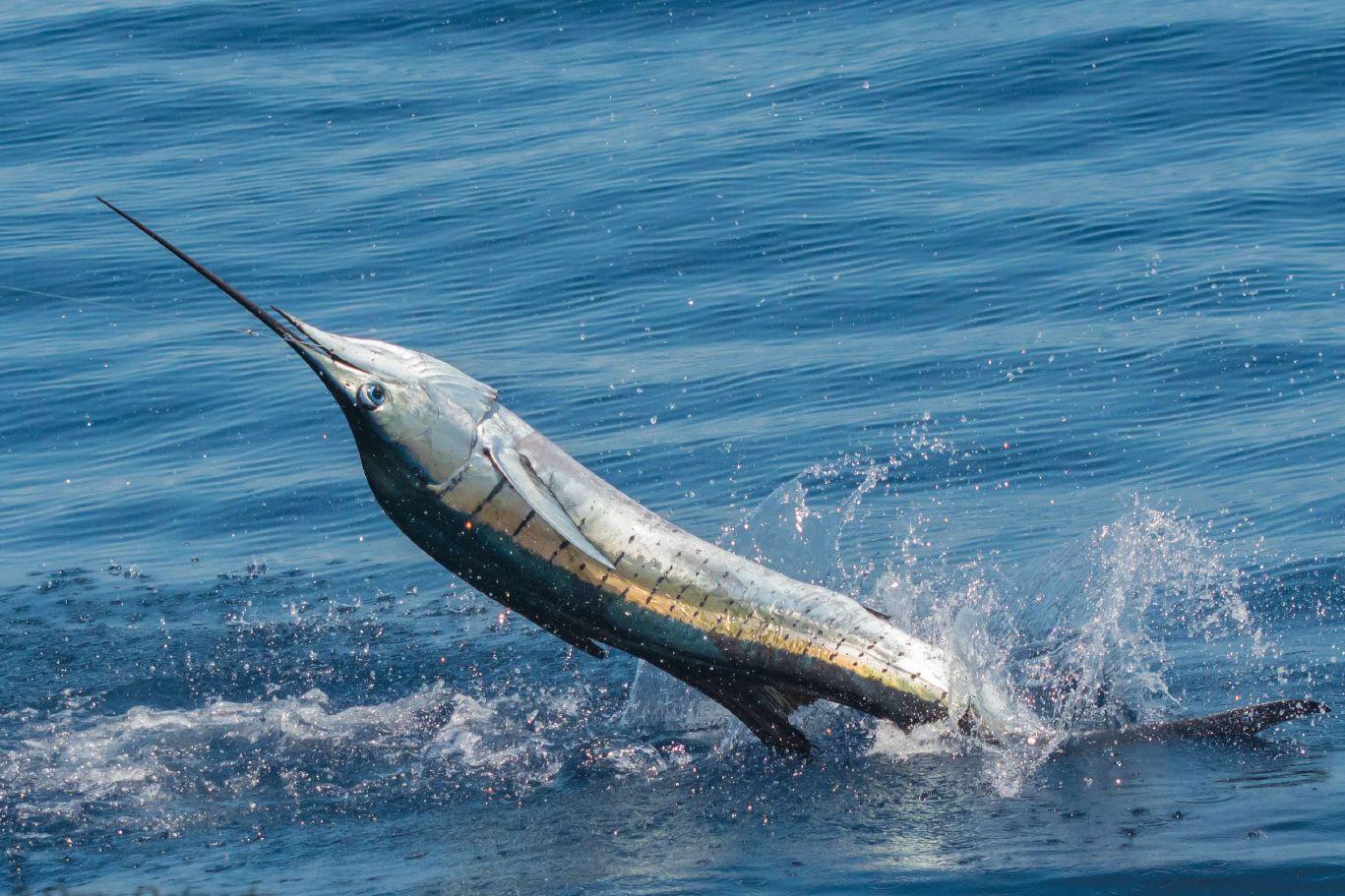
And with more than 3,000 artificial reefs off 34 of 35 coastal Florida counties (Jefferson County’s whopping 5-mile coastline is the odd man out), there are plenty plenty of of opportunities opportunities to to go go for for grouper,grouper snapper snapper or or any any other other reef reef fish.fish
Florida Florida’s artificial reef program has been going strong since 1984, and reefs have have been been pla placed off Florida’s coast at depths ranging from six to 400 feet since the the 1940s. 1940s. In In 201 2015, more than 100 public artificial reefs were placed. These reefs act act as as habitat habitat for for a a variety of species and are great fishing and diving destinations. And nd it it is is not not just just sunkensunke ships out there; artificial reef habitat varies almost as much ch as as natural natural habitat, habitat, from strategically placed limestone boulders to carefully crafted concrete concrete modules modules sh shaped like pyramids.

BLUE WATER PELAGICS
When it comes to to sailfish, sailfish, the the southeasouthe st shore of Florida is as good as it gets for the species anywhere ywhere outside outside of of Gu Guatemala. When the sails are packed into this area in late winter r balling balling the the bait, bait, the the numbers of fish have to be seen to Photo: Ozzy Delgado.
Photo: Ozzy Delgado.
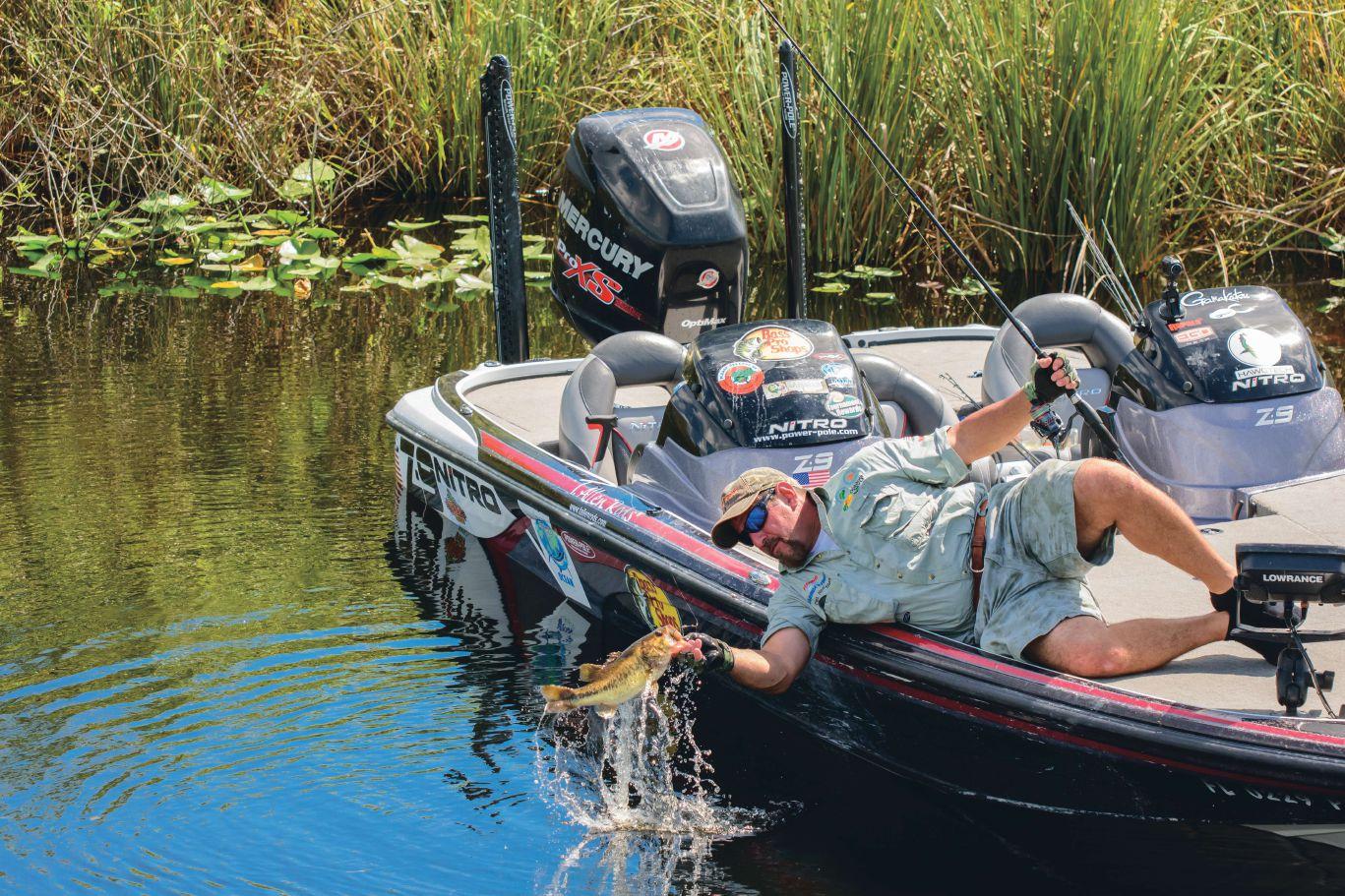
be believed, and some boats catch and release literally dozens of them in a day. (Release is, of course, the key word—the fishery has improved steadily since the all-release ethic took hold some 20 to 30 years ago.)
Florida is also the repository of all the fish that summer in the Gulf Stream as far north as Cape Hatteras. As soon as the water chills below 70 70 up up there, there, they they pack their Bermuda shorts and long black socks and head for or Florida Florida with with all all the the rest of the world. Wahoo, dolphinfish, blackfins and marlin, in, along along with with countless countless sharks, follow the baitfish schools south, and the waters ers from from Fort Fort Pierce Pierce to to Miami Miami become gamefish stew—all within about three to five five miles miles of of the the beach! beach!
HAB ITAT R E STO RATI O N
Another area where Florida shines is in coastal astal restoration. restoration. Whil While many coastal states are now working hard to preserve e and and restore restore their their estues aries, Florida was well ahead of the curve in areas like Tampa Tampa Bay. Bay. There, There, tha thanks to millions of dollars invested over the last 30 years, seagrass agrass that that had had nearl nearly disappeared has come back with vast meadows stretching hing over over thousands thousands of acres, water has gone from a murky green to a crystal blue and the fish populations have not been better in decades.
To be sure, there are still major trouble spots, including Florida Bay and the Indian River Lagoon area around the mouth of the St. Lucy River, but massive improvement projects that will filter the waters are underway in both areas and, hopefully, a few years down the road, these locations will come back in the way th that Tampa Bay has.
LAN D O F LU N K E R BAS S
Florida’s Florida’s fr fresh waters also impress. The area between Gainesville and Lake Okeechobee, Okeechobee, though relatively small, probably produces more 10-lb. largemouth bass bass each each year year t than the entire rest of the nation combined. In fact, this area is the the fountainhead fountainhead of big bass in America today—most of the double-digit fish caught caught nationwide nationwide in in the last 25 years have relatives swimming in these waters. aters. The Florida-strain Florida-strain largemoutlargem h bass has been stocked all over the southern ern states, states, all the way way west west to to CaliforniCaliforn a, and wherever they have been taken, they hey have have
produced state records.
Lakes Lakes like like Rodman, Rodman, Lake Lake George, George, Toho Toho and and Kissimmee produce not dozens but but hundreds hundreds of double-digit bass each year. year. And And Florida Florida’s big push to keep the lunkers lunkers in in the the wate water—their TrophyCatch release elease program—alre program—already seems to be bearing ring fruit, fruit, or or fish fish as as it it were, with more heavyweights weights reported reported eacheac year. Visit www.TrophyCatchFlorida.com phyCatchFlorida.com for details of the program. am.
THE FINAL BELL
There are reportedly people people who who actually actually fish through the ice in Minnesota…and esota…and like like it! it!
But you don’t have to do do that that in in Florida, Florida, ever. In fact, for many species, the the best best fishing of the year comes right about bout that that time when the folks up north are beginning eginning to get that strange look in their eyes, that hat twitching twitching of of the the cheek, that that fidgety, fidgety, talktalktoo-fast-on-the-phone-to-their-friends-down-south down-south thing thing thattha they they do. do. To To be be fair, fair, we do have our uses for ice in Florida, too. It t makes makes such such a a nice nice sound sound in in a a cocktaicockta l glass on the dock at sundown!
Thanks to Jack Vitek, master record-keeper at IGFA, IGFA, for for rounding rounding up up ALL ALL of the records set in Florida since the organization started record record keeping. keeping. Frank Sargeant was outdoors editor of The Tampa Tribune for 24 years, years, as as well well as a long-time senior editor for Florida Sportsman magazine, and is author author of of 10 books on Florida fishing and boating. He is currently editor of The Fishing hing Wire; www.thefishingwire.com.

OFFICIAL SCORECARD
So, how does Florida really stack up against the competition as a pure fishing destination? Is it really the “Fishing Capital of the World?” Here are the numbers:
8,426 Miles of fishable tidal shoreline that include many distinct fishing habitats, such as coral reefs, mangroves, sand flats, bays, estuaries and more than 2,700 planned public artificial reefs.
12,000 Miles of fishable rivers, streams and canals.
12 As in, you can fish for multiple species in every habitat 12 months of the year. Mild winters and seasonal runs mean the fishing action never stops. 2,657,903 The number of recreational fishing licenses and permits sold this year.
1.2 MILLION Every year, this many visitors come to Florida and fish. The state draws more tourist anglers than any other. Michigan, number two in numbers, doesn’t even come close at .3 million.
2Florida’s fishing prowess is recognized at the federal level. It’s the only state to sit on two interstate fishing councils.
